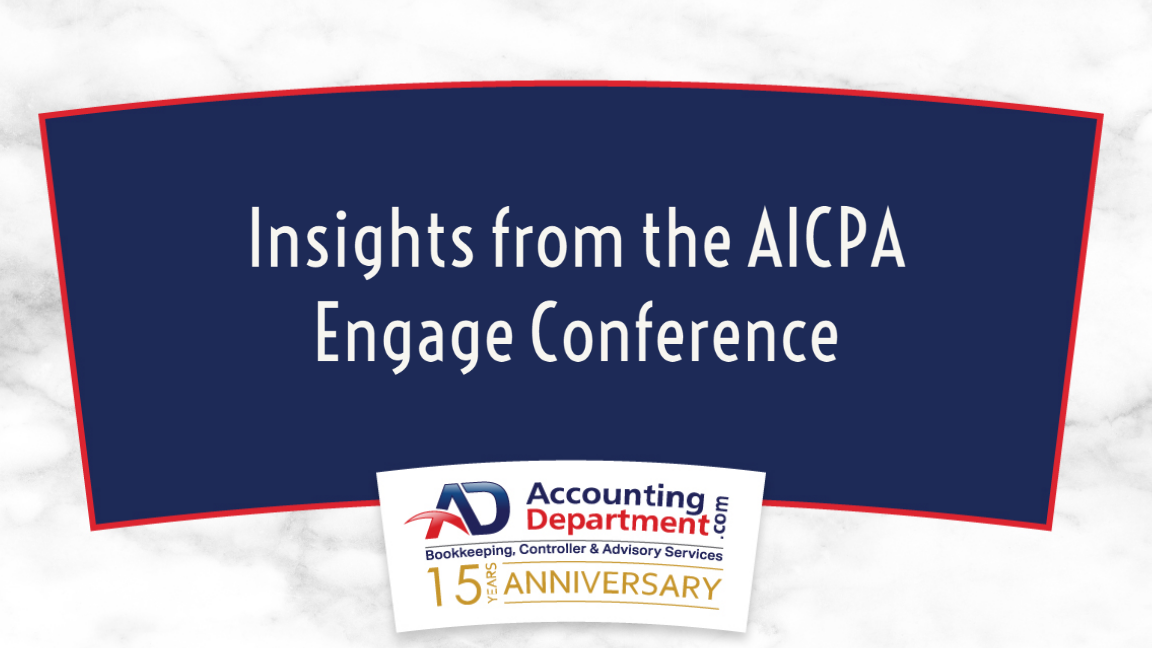The potential of AI is only continuing to grow. It is rapidly making its way into a range of industries, transforming the way we work and helping us take on more of what we do best. This is particularly true of accountancy professionals, who have been freed up to work smarter and get more done with their newfound time, instead of spending hours completing manual tasks.
To understand how to make the most of AI in accounting, it’s best to go back to basics. AI can seem daunting, but in reality it can help accountants reshape their practices for a new productive work life. They can turn inbound requests into proactive results that impress clients, providing the best service for them and ensuring business is retained.
Examining the ABCs of AI in accounting is a good place to start; it’s as easy as… you know the rest.
A. Automation
Software automation has been around in accounting for a while now, able to automatically log transactions and pull data from bank accounts, receipts, invoices and similar. Accountants can also create rules for different categories, meaning that train receipts are always labelled as travel expenses, for example, and cloud storage receipts are pinned as IT expenses. But despite automation being a standard accounting software capability, data input can – believe it or not – still often be a manual process.
Yet this world of automation and categorisation lends itself to AI’s capabilities. Learning from the data it is fed, AI can automate data entry, automatically work out where and how different transactions are categorised, generate invoices and reports (including reminders for when they need to be sent), and offer predictive analysis on trends.
These algorithms are also able to check data in real-time for accuracy and amend any anomalies without the need for manual sanity checks. This frees up considerable time for accountants to focus on value-adding activities, giving them more time to work with clients and offer them advice.
B. Balance
By using AI to improve workflow efficiency and data accuracy, accountants can reshape how they use their time and enhance the level of advice they provide. What it requires is finding the right balance, deciding what financial aspects can be handled by AI and what still requires the human touch.
With AI, numbers can now be crunched at the click of a button. So, for accountants, the merit in their work comes from distilling all of this data and using their expertise to report on outcomes. For example, AI could provide a data visualisation of a client’s comings and goings with their cashflow and future projections. The accountant is there to translate what this all means to and for the client; an increasingly valued skill in the modern day.
In this respect, AI is not only balancing and managing accountants’ workloads but transforming the way they work with their clients. Rather than creating insights from scratch, accountants are using their expertise to unpack the data, interpret it, and then provide the most helpful insights based on their clients’ individual needs.
C. Connection
Relationships rely on trust. And trust comes from maintaining human connections and understanding a client’s needs, a very human activity. Yet AI also enables accountants to connect with their clients on a deeper level and bolster those all important relationships in a number of ways.
By accessing accurate real-time insights produced by AI, accountants aren’t giving advice based on figures that are outdated or derived from uneven datasets. And the more accurate data-driven advice they can give, the more clients will trust both their expertise and AI.
What’s more, clever predictions from AI analysis can help accountants to spot, predict and overcome any financial hurdles before they happen. By mitigating such events and providing this guidance to clients, accountants can further strengthen the trust in their relationships. But while AI can provide data to back up this advice, what accountants choose to advise and how they convey this to the client is very much a human activity.
As such, it’s important accountants convey to clients that they are using AI to enhance their experience and quality of service, not reduce their time working for them. If they have been able to delegate more routine tasks to AI, they should use this extra time to block out specific slots in their week to focus on client engagement, whether that is a strategy session or even just a catch-up. Less admin time means not only more client time, but also more time to yourself; it’s important to find it amongst a hectic schedule.
Keeping the human touch with AI
Working with AI can be a new activity for a lot of clients. So it’s important accountants spend time explaining what it does and how it helps – 58 percent of consumers say they want companies to be clear about when AI is being used.
What’s more, once implemented into their working life, it is just as important that accountants continually evaluate their process and adapt to both changing technological trends and their clients’ needs. This involves keeping tabs on their business and clients’ performance metrics and taking on board feedback to ensure they are keeping the right balance between AI and human activities.
But the ABC of AI shows how AI can amplify the human side of accounting, not diminish it. By forming the right strategy, accountants can enhance the automation of data input tasks with AI’s capabilities, balance their workload and time with clients with the help of AI-generated insights, and then form deeper connections with this trusted data, predictive analytics and dedicated client time. AI really can be as easy as ABC.




